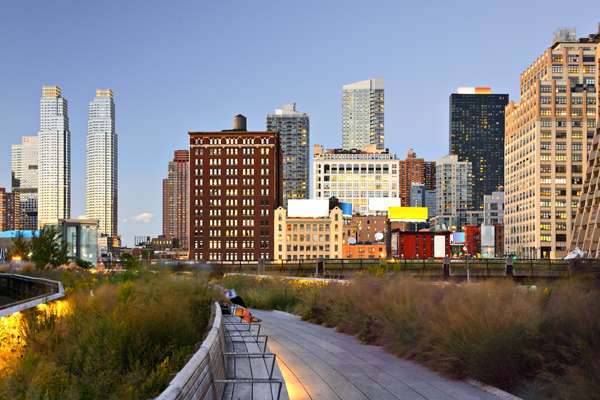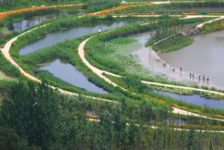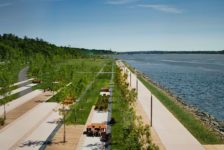We ask the question “What is Landscape Architecture?” My first experience with landscape architecture came in 2006, when I was admitted into university to study it. This turned out to be a very important time of my life, as it served as a guide to my future. Back then, the future was full of surprises – first I had to redraw ancient park compositions with a technical pen and devise 44 ways to draw a tree silhouette.
What I found most amusing was telling my friends what I was studying. The response was almost inevitably the question “And what is that?” Sometimes, instead of the question, I might receive an encouraging “Ooo, architecture is a great and profitable profession, very good choice, bravo”.
But it was really me who was about to discover what landscape architecture is and what the role of a landscape architect is. When I was thinking that I should draw beautiful compositions of parks and gardens, I found myself walking through green meadows, staring at every tiny blade of grass and trying to identify different types of flowers and grasses.
An Epiphany About Landscape Architecture
A few weeks after, I was presented the task of drawing up a master plan. Then it hit me – landscape architecture is really a complex work. It combines deep understanding of nature and its processes, including science, art, design, and creativity. Related Articles Featuring Landscape Architecture:
- 30 Landscape Architecture Firms To Keep Your Eye On!
- 5 Countries Where Landscape Architecture is Booming
- 10 Great Projects Showing why Australia are Leaders in Landscape Architecture
Nevertheless, the outcome of the hard work could be brilliant. Think of the perfection of a Japanese garden, or of a Victorian-style garden with trimmed geometrical and animal-shaped shrubs. Think of a more naturalistic design, like the High Line. Landscape architecture is diverse, inspiring, and changing. It can satisfy everyone’s taste. In landscape architecture, everything is important — the plant, the bird, the line, the circle, and the human.

New York’s Highline and iconic landscape architecture project; image credit: Sean Pavone/shutterstock
The Many Scales of Landscape Architecture
The landscape architect works on all scales – from small private spaces to large-scale development. The work also involves disciplines such as urban planning and urban design. Public spaces, river promenades, infrastructures, campuses, workplaces, living spaces — all a field of work for the landscape architect, who often demonstrates great abilities to integrate nature in the dense urban environment. Public spaces are an essential part for the livability of cities. I feel lucky to live in a time when we can learn from past experiences — to respect them, but at the same time add new value to the environment in which we live. New materials, new technologies, and better knowledge of the world that surrounds us give landscape architects great possibilities for creating stunning projects.
WATCH: Learn More About Landscape Architecture
Recommended Reading:
- Landscape Architecture: An Introduction by Robert Holden
- Detail in Contemporary Landscape Architecture by Virginia McLeod
Article by Slavyana Popcheva Return to Homepage Feature image: Sorbis/shutterstock
Published in Blog






